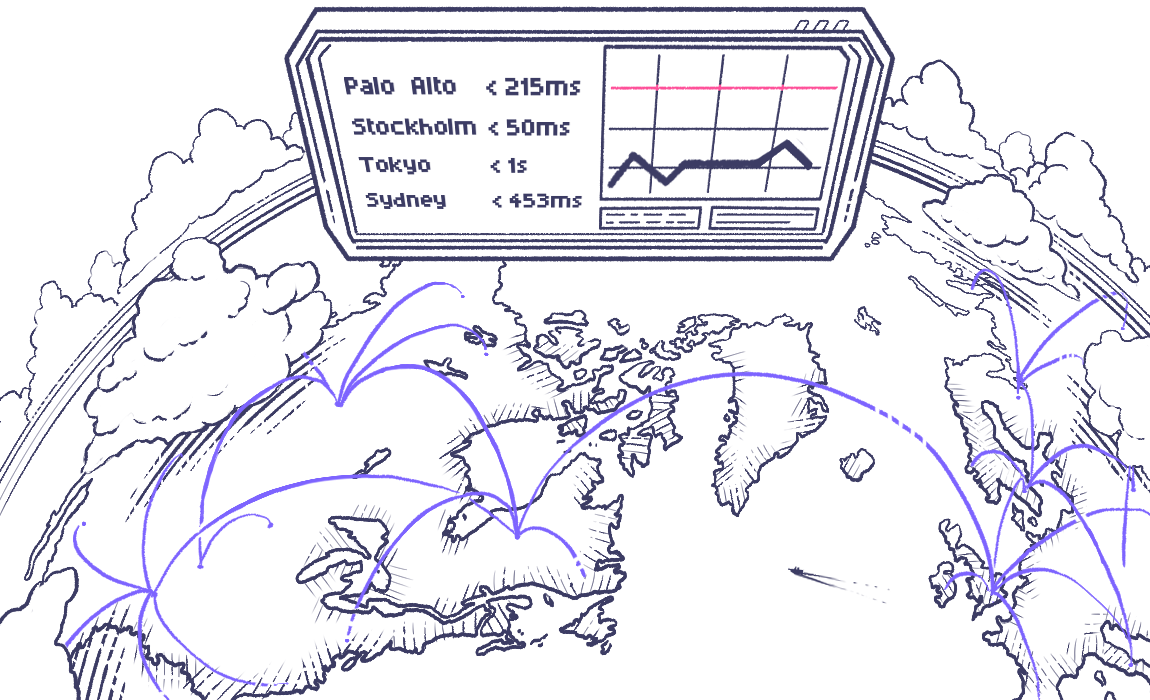This project is experimental and changes a lot between commits. Use at your own risk.
k6io/operator is a kubernetes operator for running distributed k6 tests in your cluster.
Read also the complete tutorial to learn more about how to use this project.
Install the operator by running the command below:
$ make deployThe k6 operator includes one custom resource called K6. This will be automatically installed when you do a
deployment, but in case you want to do it yourself, you may run the command below:
$ make installTwo samples are available in config/samples, one for a test script and one for an actual test run.
The operator utilises ConfigMaps to serve test scripts to the jobs. To upload your own test script, run the following:
$ kubectl create configmap my-test --from-file /path/to/my/test.jsTests are executed by applying the custom resource K6 to a cluster where the operator is running. The properties
of a test run are few, but allow you to control some key aspects of a distributed execution.
# k6-resource.yml
apiVersion: k6.io/v1alpha1
kind: K6
metadata:
name: k6-sample
spec:
parallelism: 4
script: k6-test
separate: falseThe test configuration is applied using
$ kubectl apply -f /path/to/your/k6-resource.ymlHow many instances of k6 you want to create. Each instance will be assigned an equal execution segment. For instance, if your test script is configured to run 200 VUs and parallelism is set to 4, as in the example above, the operator will create four k6 jobs, each running 50 VUs to achieve the desired VU count.
The name of the config map that includes our test script. In the example in the adding test scripts
section, this is set to my-test.
Toggles whether the jobs created need to be distributed across different nodes. This is useful if you're running a test with a really high VU count and want to make sure the resources of each node won't become a bottleneck.
After completing a test run, you need to clean up the test jobs created. This is done by running the following command:
$ kubectl delete -f /path/to/your/k6-resource.ymlRunning the command below will delete all resources created by the operator.
$ make delete